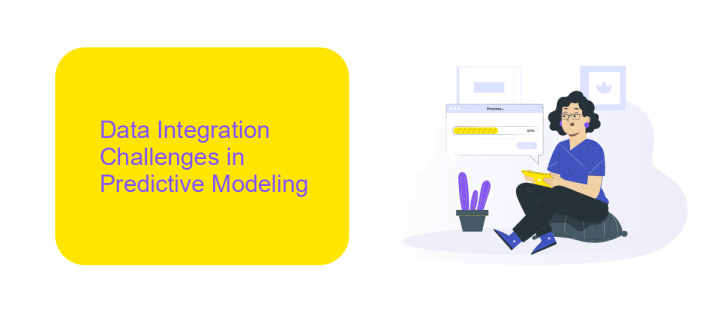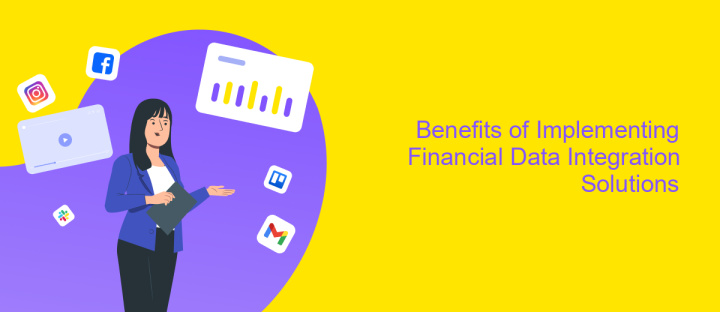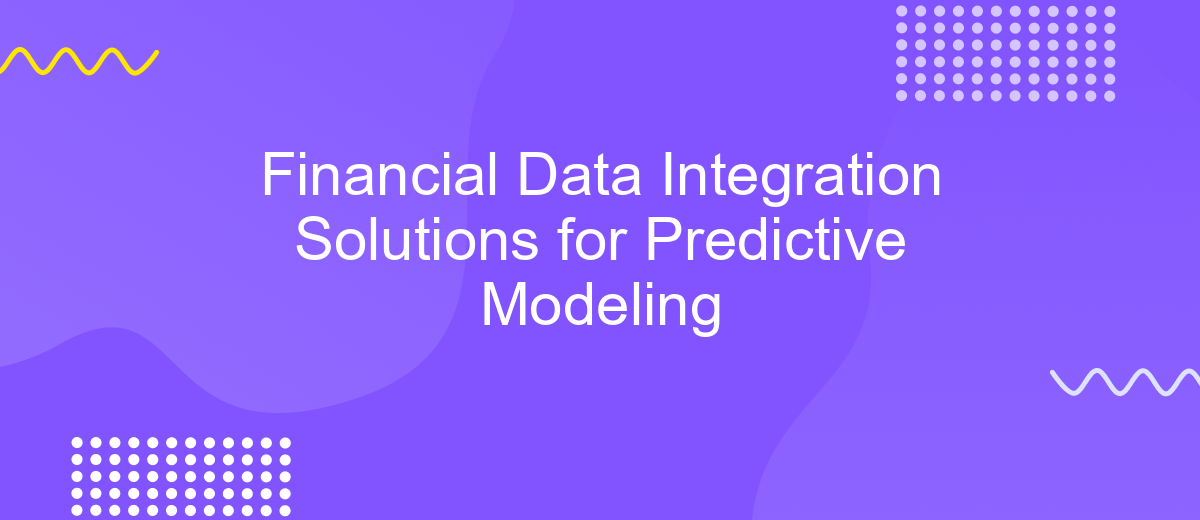Financial Data Integration Solutions for Predictive Modeling
In today's dynamic financial landscape, the integration of diverse data sources is crucial for accurate predictive modeling. Financial Data Integration Solutions streamline the process, enabling organizations to harness the power of big data for more informed decision-making. This article explores the latest advancements in data integration technologies and their impact on predictive analytics, providing insights into how businesses can stay ahead in a competitive market.
Introduction
In the rapidly evolving landscape of financial technology, the integration of diverse financial data sources has become a crucial factor for the success of predictive modeling. Financial institutions and analysts are increasingly relying on comprehensive data integration solutions to enhance the accuracy and reliability of their predictive models. This approach not only streamlines data management but also empowers organizations to make informed decisions based on a holistic view of financial data.
- Enhanced data accuracy and consistency
- Improved decision-making capabilities
- Streamlined data management processes
- Increased operational efficiency
As the financial industry continues to embrace digital transformation, the demand for robust data integration solutions is expected to grow. By leveraging advanced technologies and methodologies, financial institutions can overcome the challenges associated with disparate data sources and unlock the full potential of predictive modeling. This, in turn, will drive innovation and competitive advantage in the marketplace.
Data Integration Challenges in Predictive Modeling

Integrating financial data for predictive modeling poses several challenges, primarily due to the diverse sources and formats of data. Financial data often comes from various systems, such as accounting software, market feeds, and transactional databases, each with its own structure and protocols. Harmonizing these disparate data sources into a unified format requires robust data transformation and normalization processes. Inconsistent data quality, missing values, and outliers further complicate the integration, necessitating advanced data cleaning and preprocessing techniques to ensure the reliability of predictive models.
Moreover, the dynamic nature of financial markets demands real-time data integration, which can be technically challenging and resource-intensive. Tools like ApiX-Drive can facilitate this process by offering automated data integration solutions that streamline the extraction, transformation, and loading (ETL) of financial data from multiple sources. ApiX-Drive's user-friendly interface and pre-built connectors enable seamless integration without extensive coding, allowing data scientists to focus more on model development and less on data wrangling. By leveraging such tools, organizations can enhance the efficiency and accuracy of their predictive modeling efforts.
Financial Data Integration Solutions

Financial data integration solutions are essential for organizations aiming to leverage predictive modeling effectively. These solutions streamline the process of gathering, consolidating, and analyzing financial data from various sources, enabling more accurate and timely predictions. By integrating disparate data sets, companies can gain a holistic view of their financial health and make informed decisions.
- Data Aggregation: Collecting data from multiple financial systems and sources into a centralized repository.
- Data Cleansing: Ensuring the accuracy and consistency of data by removing duplicates and correcting errors.
- Data Transformation: Converting data into a usable format for analysis and predictive modeling.
- Data Enrichment: Enhancing data quality by adding relevant information from external sources.
- Data Visualization: Presenting data in an easily understandable format through dashboards and reports.
Implementing robust financial data integration solutions allows organizations to overcome data silos and improve the reliability of their predictive models. This leads to better financial planning, risk management, and strategic decision-making, ultimately driving business growth and competitiveness in the market.
Benefits of Implementing Financial Data Integration Solutions

Implementing financial data integration solutions offers substantial advantages for organizations engaged in predictive modeling. By consolidating diverse data sources into a unified framework, companies can streamline their data management processes, enhancing overall efficiency and accuracy.
One of the key benefits is the improvement in data quality. Integrated systems eliminate redundancies and inconsistencies, ensuring that the data used for predictive modeling is both reliable and up-to-date. This leads to more accurate forecasts and better decision-making capabilities.
- Enhanced data accuracy and consistency
- Streamlined data management processes
- Improved decision-making capabilities
- Reduced operational costs
- Increased scalability and flexibility
Moreover, financial data integration solutions facilitate real-time data access, allowing analysts to generate insights promptly. This agility is crucial in a fast-paced financial environment, where timely information can significantly impact strategic decisions. Ultimately, these solutions empower organizations to harness the full potential of their data, driving growth and competitive advantage.


Conclusion
In conclusion, the integration of financial data for predictive modeling represents a pivotal advancement in the financial industry. By leveraging modern integration solutions, organizations can consolidate disparate data sources, ensuring a unified and comprehensive dataset that enhances the accuracy and reliability of predictive models. This integration not only streamlines data management but also facilitates more informed decision-making processes, ultimately driving better financial outcomes.
Services like ApiX-Drive play a crucial role in this ecosystem by providing seamless data integration capabilities. ApiX-Drive enables businesses to connect various financial data sources effortlessly, automating data flow and reducing the manual effort required for data consolidation. By utilizing such services, companies can focus more on analyzing and interpreting data rather than on the complexities of integration, thus accelerating their predictive modeling initiatives and gaining a competitive edge in the market.
FAQ
What is financial data integration for predictive modeling?
Why is data integration important for predictive modeling?
How can I automate financial data integration?
What challenges may arise during financial data integration?
Can I integrate data from multiple financial systems into one predictive model?
Apix-Drive is a simple and efficient system connector that will help you automate routine tasks and optimize business processes. You can save time and money, direct these resources to more important purposes. Test ApiX-Drive and make sure that this tool will relieve your employees and after 5 minutes of settings your business will start working faster.

